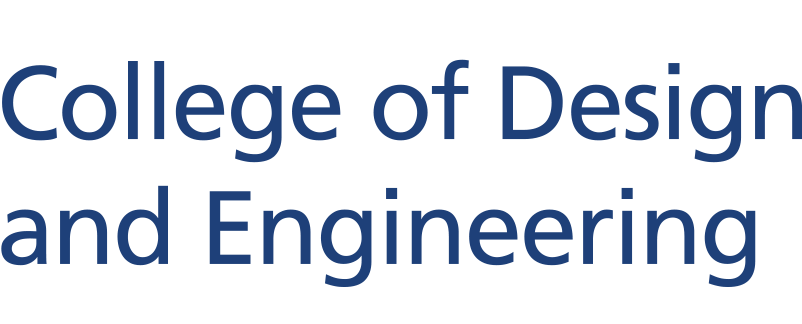CDE2311 Introduction to Space Systems
Formerly coded as EG2311, this course aims to provide an overview and basic knowledge of space systems. The topics covered include satellite classification, space environment, and various subsystems that are the fundamental building blocks of a space system. In addition, typical satellite mission payloads and general ground and launch segments will also be covered. This course allows students to progress to designing and developing satellite-related systems or sub-systems including meaningful payloads in the future courses.
At the end of this course, students should be able to:
- Classify different satellite systems.
- Explain and solve orbital mechanics using basic theory and equations of motion.
- Describe the environment in which a space system operates and propose some ways to mitigate the effects.
- Describe various satellite hardware subsystems, satellite applications, and payload.
- Model space systems (satellites and sensors) using mathematics, physics, and software.
- Work out technical budgets (power budget, link budget, etc.) for satellite systems.
Workload: 4 units
Course syllabus
1. Classification of satellites
- Types of satellites (e.g. nanosatellite, microsatellite, small satellite)
- Typical applications of satellites (e.g. communication, navigation, weather sensing, remote sensing)
- Overview of satellite systems (space, ground, and launch segments)
2. Space environment
- Natural environment in sun, earth, and cosmic rays
- Effects on spacecraft such as total ionisation dosage (TID), single-event-effect (SEEs) and spacecraft charging
3. Orbital mechanics
- Physical nature of orbital motion
- Equations of motion
- Orbital parameters, orbital perturbations and its sources
- Orbital design process
- Special topics on orbits (e.g. orbit transfer, satellite-earth geometry, life-time estimation and eclipse, orbit propagation)
4. Basic subsystems of satellites
- Structure: material selection, structure design methodology and deployment mechanism
- Thermal: thermal environment in space, different thermal control methods and thermal modelling process
- Propulsion: basic propulsion equation, types of propulsion (cold-gas, chemical and electrical), typical propulsion for nano-/micro-/small satellite and fuel budgeting
- Attitude determination and control: coordinate system, attitude kinematic and dynamics, attitude control principles, description of various spacecraft stabilisation technologies, different types of attitude control actuators and sensors hardware
- Power: energy sources, batteries, solar panels, solar power regulator designs (DET & PPT), examples for sizing battery and solar arrays
- On-board-data-handling: on-board-data-handling network, on-board computer, fault tolerance, and design considerations
- Communications: link design fundamentals

